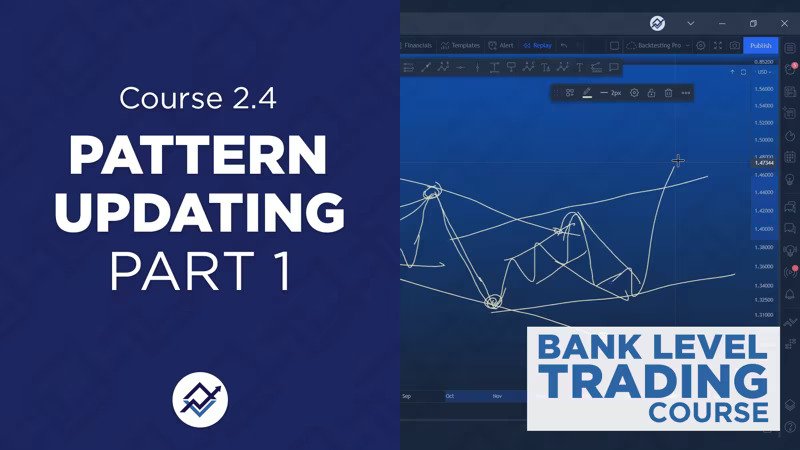Introduction
Understanding the various trading styles is crucial for anyone entering the financial markets. This guide will explore the primary trading styles – Day, Swing, and Position trading – and delve into their nuances, strategies, and comparisons, answering the most commonly searched questions.
What are the 4 Types of Trading?
- Day Trading: Involves buying and selling securities within a single trading day.
- Swing Trading: Traders hold positions for several days to capitalize on expected upward or downward market shifts.
- Position Trading: A long-term strategy where traders hold positions for weeks, months, or even years.
- Scalping: A strategy that involves making numerous trades to profit from small market movements.
Day, Swing, and Position Trading Explained
- Day Trading: Known for its fast pace, day traders capitalize on small price movements within the trading day. It requires constant market monitoring and quick decision-making.
- Swing Trading: This style captures ‘swings’ in market prices over a few days to weeks. It’s less time-intensive than day trading and focuses on short to medium-term trends.
- Position Trading: Position traders hold their trades for long durations, basing their decisions on long-term trends and fundamental analysis. It requires patience and a strong understanding of market dynamics.
Comparing Day and Swing Trading
- Time Commitment: Day trading is a full-time job, while swing trading can be done part-time.
- Risk and Stress: Day trading is generally riskier and more stressful due to its rapid pace.
- Profit Potential: Both can be profitable, but the approach and risk management differ significantly.
Should You Be a Day or Swing Trader?
Choosing between day and swing trading depends on your lifestyle, risk tolerance, time availability, and trading goals. Swing trading is often recommended for beginners due to its more manageable pace.
Position Trading vs. Swing Trading
- Duration: Position trading involves holding trades for longer periods than swing trading.
- Market Analysis: Position trading relies more on fundamental analysis, while swing trading often combines technical and fundamental analysis.
- Risk: Position trading generally has higher capital risk, but less frequent trading reduces the chance of rapid losses.
The Most Successful Swing Trading Strategies
- Trend Following: Identifying and following market trends.
- Breakout Trading: Entering the market when the price breaks out of its range or pattern.
- Candlestick Patterns: Using candlestick chart patterns to make trading decisions.
Swing Trading Tips for Beginners
- Start with a Solid Understanding: Learn the basics of technical analysis and market trends.
- Use Stop Losses: This helps manage risk by setting a predetermined exit point for losing trades.
- Practice with a Demo Account: Before risking real money, practice with a simulated trading account.
Day Trading vs. Swing Trading: Which is More Profitable?
There’s no definitive answer, as profitability depends on the trader’s skill, strategy, and market conditions. However, day trading typically offers more opportunities for profit due to the higher number of trades.
The Challenges of Swing Trading
- Holding Period Risk: The risk of the market moving against your position overnight or over the weekend.
- Requires Patience: Traders must be patient and disciplined to follow their trading strategy.
Common Mistakes in Swing Trading
- Overtrading: Entering too many trades or trading without a clear strategy.
- Ignoring Market Trends: Not aligning trades with the overall market direction.
Conclusion
Understanding and choosing a trading style is a personal decision influenced by various factors, including risk tolerance, time commitment, and market understanding. Whether you lean towards the fast-paced nature of day trading, the balanced approach of swing trading, or the patience-driven position trading, each style has its unique characteristics and challenges. By aligning your trading strategy with your personal goals and lifestyle, you can navigate the market more effectively.





